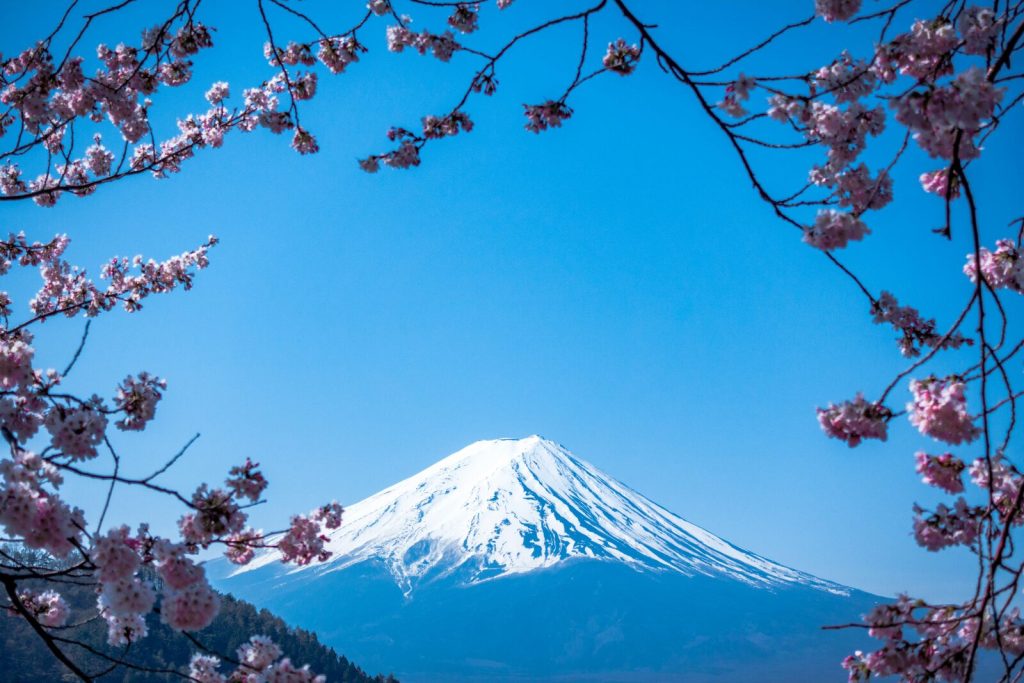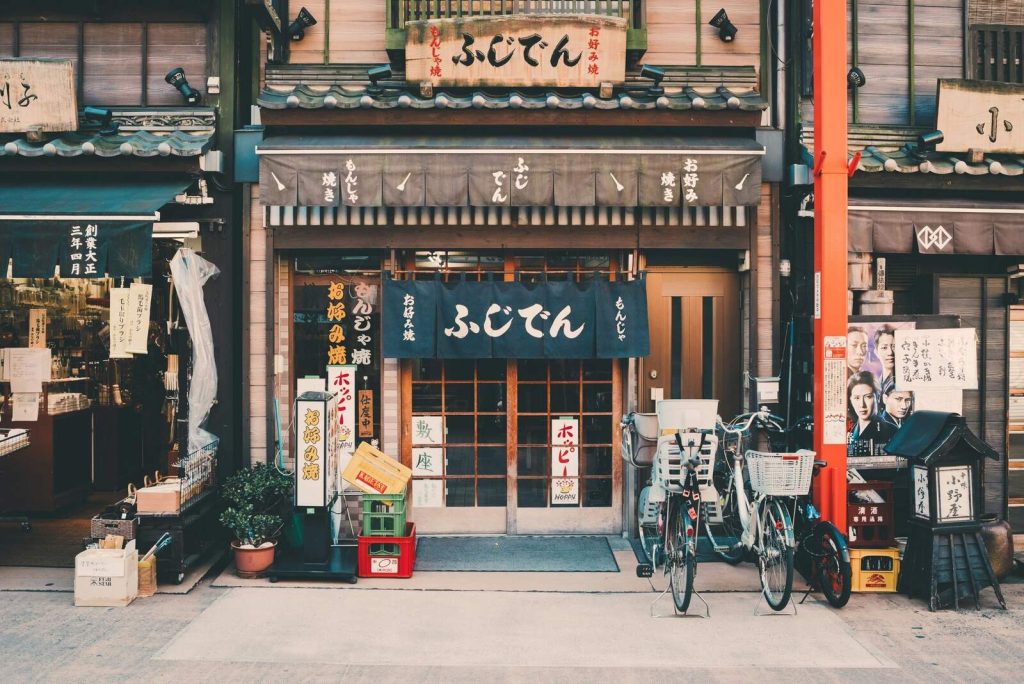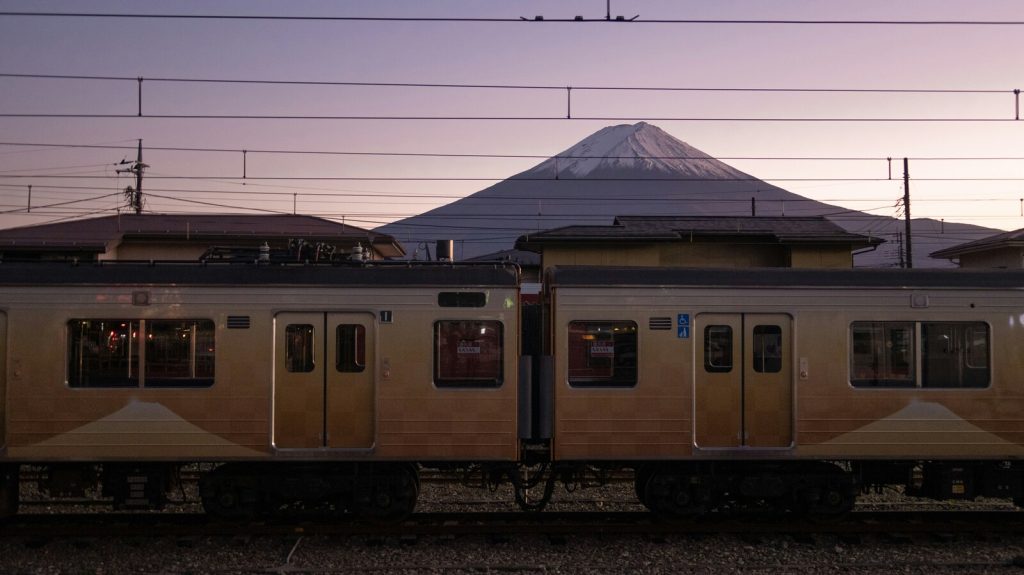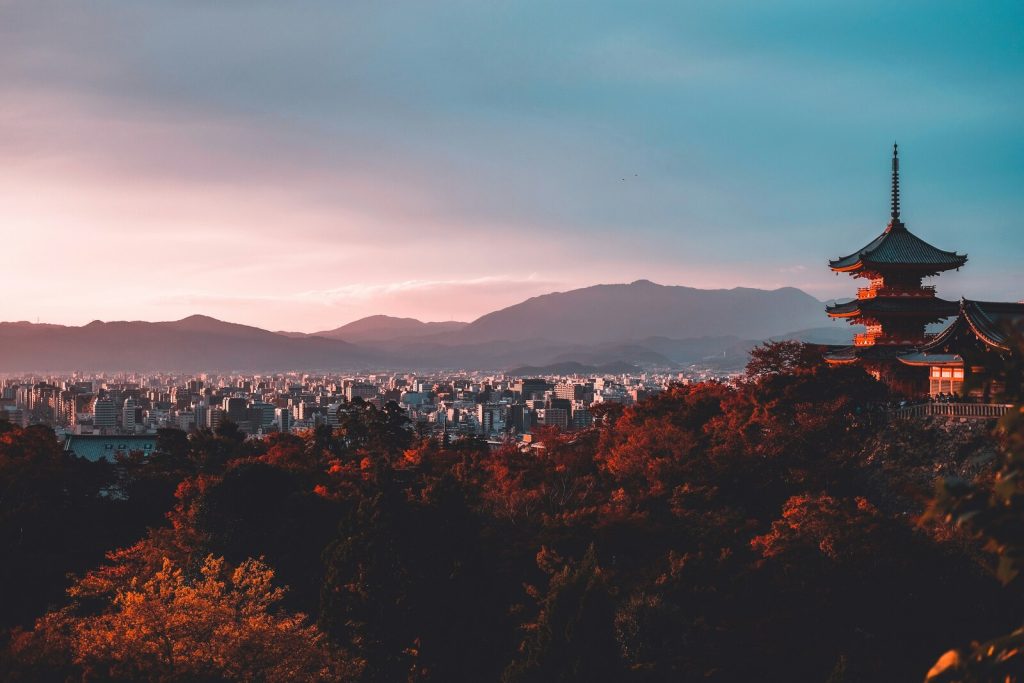Updated in January 2025!
Everything you need to know about the new Digital Nomad Visa Japan
Good news for Asia lovers! Japan has introduced an exciting opportunity for Digital Nomads with its new Digital Nomad Visa Japan, launched in the end of March 2024.
This initiative allows remote workers to stay in Japan for up to six months. Here’s everything you need to know about this game-changing visa.
Eligibility and Requirements
Here’s a simplified table of the application requirements for the Digital Nomad Visa Japan—find more details in the sections below!
To be eligible for the Digital Nomad Visa Japan, applicants must fulfill several criteria:
- Nationality: Citizens from 49 countries and territories are eligible, including all EU countries, the United States, Australia, South Korea, and several others that have tax agreements with Japan or are visa-exempt for short visits.
- Income: Applicants need to have an annual income of at least 10 million Japanese Yen (approximately $68,300 USD).
- Employment: Eligible individuals must work remotely for a company based outside of Japan or as self-employed freelancers with clients abroad, with a special focus on highly skilled professionals, particularly in the IT sector.
- Health Insurance: Applicants are required to have private health insurance coverage for their stay in Japan.
- Passport: A valid passport from a country that can enter Japan visa-free is necessary.

Application Process for the Digital Nomad Visa Japan
While the exact details of the application process for the Digital Nomad Visa Japan are yet to be fully disclosed, it’s expected that applicants will need to provide proof of meeting the income requirement, details of their remote work, and international health insurance coverage (more on that below).
It’s also common for such visas to require a clean criminal background check.
Benefits and Limitations
The Digital Nomad Visa Japan offers a unique chance to explore Japan for an extended period, significantly longer than the standard 90-day visa-free entry allowed for short-term visitors.
However, there are some limitations to consider:
- Duration: The visa permits a stay of up to six months, with no consecutive stays allowed. Applicants must leave Japan for six months before they can reapply.
- Family: Spouses and children can accompany the visa holder, provided they are also covered by private medical insurance.
- Accommodation: Long-term rental accommodations may not be available to visa holders, as they won’t be eligible for residency.
- Renewal: The Digital Nomad Visa Japan is not renewable; applicants must reapply after a six-month absence from Japan.

Not a Path to Residency
It’s important to note that the Digital Nomad Visa Japan does not provide a path to Japanese citizenship or long-term residency.
Visa holders won’t be included in resident records or receive residency cards, underscoring the temporary nature of this arrangement.
Mandatory Requirement: Private Health Insurance
You know that I’m a big advocate of reliable health insurance while traveling—unexpected things happen! So, let me share a bit about Japan: the healthcare there is generally considered efficient and of high quality.
Japan’s healthcare system is underpinned by a mandatory health insurance system, ensuring comprehensive medical coverage for both citizens and foreign residents.
But for those without health insurance, for example, tourists like you and me, medical costs can be much higher.
But not only that. Japan Digital Nomad Visa requires applicants to have private health insurance to cover their stay in Japan.
So it’s a smart move to check your travel health insurance options before you jet off! Among the options available, SafetyWing stands out as a top choice for digital nomads. It’s designed specifically for the lifestyle of remote workers and digital nomads, offering coverage in multiple countries and the flexibility to start and stop coverage as travel plans change.
SafetyWing also covers COVID-19 related medical expenses, which is a critical consideration in today’s travel climate.
Additionally, their policies are affordable and can be purchased while already traveling, which is not always possible with other insurance plans. It is definitely worth checking out their travel medical insurance plans.
Who Should Consider the Digital Nomad Visa Japan?
This visa is ideal for Digital Nomads who wish to experience living in Japan while continuing to work remotely. Japan offers a safe, technologically advanced environment with a rich cultural heritage, making it an attractive destination for Digital Nomads.
In summary, the Digital Nomad Visa Japan presents a fantastic opportunity for remote workers to live and work in one of the world’s most fascinating countries.
With its launch just around the corner, interested individuals should start preparing their applications, keeping in mind the eligibility requirements and all aspects of this visa.
Highlights of Japan
From the bustling streets of Tokyo, where ancient temples stand shoulder to shoulder with soaring skyscrapers, to the serene beauty of Kyoto‘s historic shrines and gardens, Japan is a land of contrasts.
Cities like Osaka and Fukuoka are famed for their vibrant food scenes, offering everything from street food to high-end cuisine, while regions like Hokkaido and the Japanese Alps provide stunning landscapes for outdoor enthusiasts.
The country’s efficient public transportation system, including the iconic Shinkansen (“bullet train”, one of the best action movies, in my opinion), makes exploring this diverse nation both easy and enjoyable.

For Digital Nomads, Japan presents a unique working environment with its “Gaijin-friendly” coworking spaces and lightning-fast internet, fostering a productive atmosphere.
The cost of living can vary widely from city to countryside, with options to suit various budgets, from the more affordable living in cities like Hiroshima and Okayama to the higher costs associated with life in Tokyo or Osaka.
Despite the urban hustle, places like Naka in Hiroshima offer peace within the city, especially during the cherry blossom season, adding a layer of natural beauty to the urban landscape.
Japan’s commitment to hospitality, or “Omotenashi”, ensures that visitors and expats alike feel welcomed, making it an ideal destination for those considering the Digital Nomad Visa Japan and looking to blend work and travel.

Koi are symbols of love and friendship in Japan.
Cost of Living in Japan
For those planning to visit Japan with the Digital Nomad Visa Japan, it’s crucial to budget wisely. While some cities offer a more affordable cost of living, others, particularly Tokyo, can be quite expensive.
On average, Digital Nomads in Japan may need to budget between $1,500 to $3,800 monthly to cover their living expenses, with accommodation being one of the significant factors.
Check out these amazing hotels in Japan, or use the map below. 👇
Lets’s dive into some details: In the bustling metropolis of Tokyo, accommodation can command a premium, with modest apartments in less central neighborhoods like Nakano or Koenji averaging around $1,200 to $1,500 monthly.
Dining out in Tokyo can also range widely, from a simple $10 bowl of ramen to over $100 for a multi-course meal at a higher-end restaurant, reflecting the city’s culinary diversity.
Contrast this with the historical charm of Kyoto, where the ancient and modern blend seamlessly. Here, travelers can find more affordable lodging options, with guesthouses and budget hotels offering rooms for around $50 to $100 per night, providing a cost-effective base from which to explore the city’s serene temples and vibrant street markets.
Kyoto’s food scene offers an array of budget-friendly eats, with street food stalls and local eateries serving up dishes like katsu curry or okonomiyaki for under $10.

Heading south to the coastal city of Fukuoka, known for its laid-back vibe and delicious street food, the cost of living becomes even more accessible.
Accommodation options like hostels and budget hotels can range from $30 to $60 per night, while a hearty bowl of the city’s famous Hakata ramen might set you back just $8, offering a taste of local flavor without the hefty price tag.
For those drawn to the natural beauty and cooler climates of Hokkaido, Sapporo presents a unique blend of urban convenience and scenic landscapes.
Here, budget accommodations can be found for as low as $40 per night, with local delicacies like miso ramen or fresh seafood available at markets and restaurants for under $15, providing a flavorful insight into Hokkaido’s culinary heritage at a reasonable cost.

Each region of Japan offers its distinct blend of costs, from the neon-lit streets of Tokyo to the tranquil gardens of Kyoto, the seaside charm of Fukuoka, and the snowy landscapes of Hokkaido.
Travelers can tailor their journey to fit their budget, whether seeking the urban excitement of Japan’s bustling cities or the peaceful retreat of its scenic countryside.
Cherry Blossom Season
The cherry blossom season, or “Sakura” in Japan is a time of unparalleled beauty and a major draw for travelers worldwide.
This enchanting period typically begins in late March in the southern regions, such as Kyushu, gradually moving northward to Hokkaido by late April or early May.
Iconic spots like Tokyo’s Ueno Park, Kyoto’s Maruyama Park, and Hirosaki Castle in Aomori are renowned for their breathtaking cherry blossom displays, offering a spectacle of delicate pink hues against historic and scenic backdrops.
Traveling during Sakura season requires careful planning, as this peak period sees a significant surge in both domestic and international visitors, impacting prices and availability.
Accommodation rates can rise substantially, especially in popular viewing locations, making early booking essential for those seeking to capture the cherry blossoms in full bloom. Similarly, airfares to and within Japan tend to be higher, reflecting the increased demand.
It’s also worth noting that while the major cities offer stunning views, they can become quite crowded, so exploring lesser-known spots can provide a more serene experience without compromising on the spectacle.

👉 You might also find these articles interesting:
– Top 10 Digital Nomad Friendly Countries
– Greece Digital Nomad Visa
– Malta Digital Nomad Visa
– Turkey Digital Nomad Visa
– Costa Rica Digital Nomad Visa
The cherry blossom season is not only a visual feast but a cultural experience, with many areas hosting festivals and events that celebrate this annual renewal.
Despite the potential for higher travel costs during this time, the unique beauty and cultural significance of Sakura make it a worthwhile experience for any traveler.
To manage expenses, consider alternative accommodations such as guesthouses or capsule hotels, and look for flight deals well in advance.
Exploring off-the-beaten-path locations for cherry blossom viewing can also offer more budget-friendly options without sacrificing the experience.
Have you ever visited Japan? Or do you consider it now that the Digital Nomad Visa Japan is coming? Let me know in the comments!
Thank you for reading and for making me part of your day! Yours, Lulu
Just a heads up: some links in the article “Digital Nomad Visa Japan” on Nomadmum.com are affiliate links. This means if you click and buy, I might earn a small commission at no extra cost to you.







